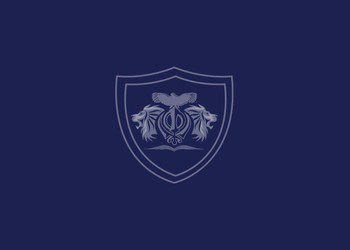
- Home
- Atam Secondary
- Safeguarding
- Peer on Peer Pressure
Peer on Peer Pressure
What is peer on peer abuse?
Peer on peer abuse occurs when a young person is exploited, bullied and / or harmed by their peers who are the same or similar age. Everyone directly involved in peer on peer abuse is under the age of 18.
‘Peer-on-peer’ abuse can relate to various forms of abuse (not just sexual abuse and exploitation), and crucially it does not capture the fact that the behaviour in question is harmful to the child perpetrator as well as the victim.
Peer on peer abuse can include domestic abuse, Child Sexual Exploitation, harmful sexual behaviour and serious youth crime/violence.
It is recognised that many forms of peer on peer abuse can be online, occur via social media or other electronic platforms.
Who is at risk?
Research suggests that girls and young women are more at risk of abusive behaviours perpetrated by their peers; however, it can also affect boys and young men. Those with learning difficulties or disabilities, LGBTQ Children and young people and those who are from different communities may be particularly vulnerable.
It must be recognised that peers’ abusive behaviour can have similarly devastating consequences to that perpetrated by adults against children and young people.
What are the signs of abuse?
Signs and signals that a child or young person is suffering from peer on peer abuse are likely to reflect those shown by children or young people suffering from other kinds of abuse.
What should you do if you suspect a girl or boy is being subject to peer on peer abuse?
Report any concerns to the Designated Safeguarding Leads or year teams in the relevant school. Concerns can be about incidents or activities outside school eg at weekends or evenings as these are all part of the picture. The school can then take supporting action and/or pass on concerns to the relevant agencies.
If you witness abusive behaviour that could be illegal (such as a violent or racist act) or you believe that any young person could be at immediate risk due to the abusive behaviour of others, you should contact the police.

